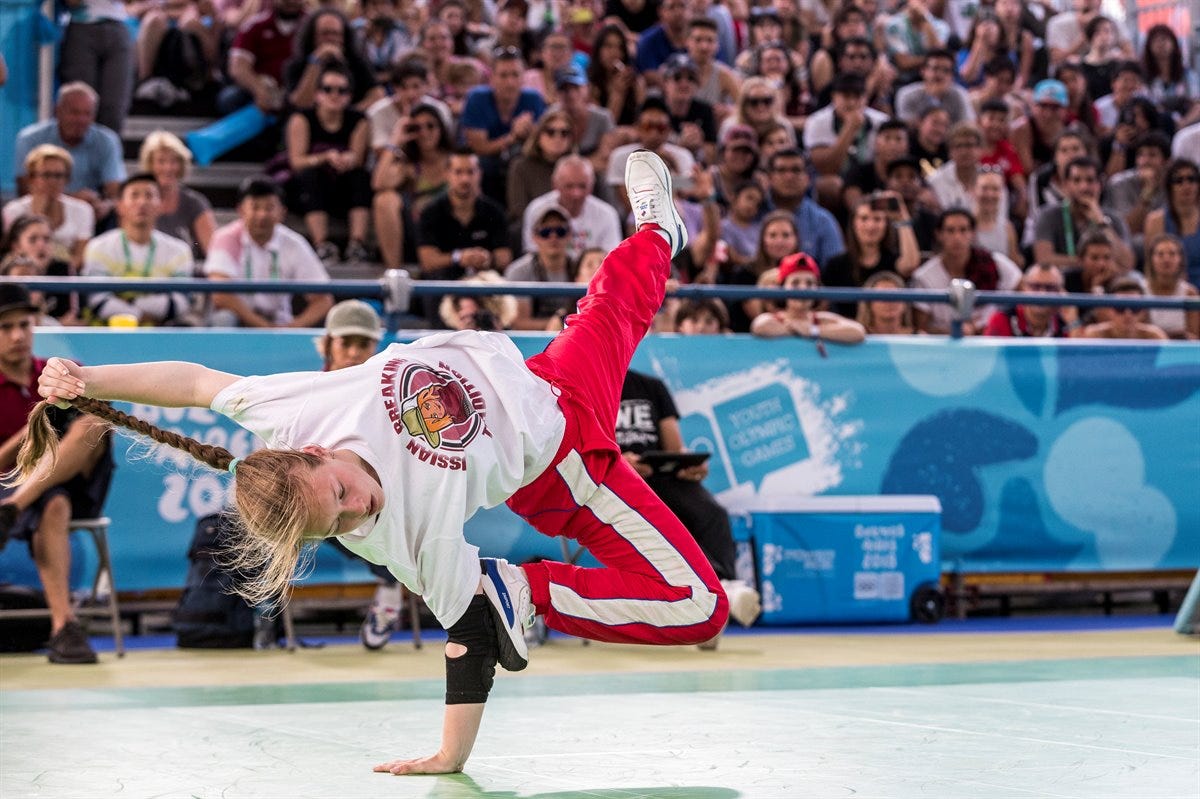Understanding the Olympic Breaking Schedule: Olympics Breaking Schedule

The Olympic breaking schedule is crucial for understanding the flow of the competition and how athletes navigate the different stages to reach the podium. A well-structured schedule ensures fairness, allows for optimal performance, and builds anticipation for the final showdown.
Stages of a Breaking Competition
The breaking competition is divided into distinct stages, each with its own set of rules and objectives. Understanding these stages is essential for appreciating the complexity and intensity of breaking as a sport.
- Qualification Rounds: The initial stage involves a large number of breakers competing for a limited number of spots in the next round. These rounds are designed to weed out weaker competitors and establish a hierarchy among the best breakers. The qualification rounds are often fast-paced and intense, as breakers strive to showcase their skills and stand out from the crowd.
- Battles: Once the qualification rounds are complete, the competition moves into the battle phase. Here, breakers face off in one-on-one duels, showcasing their unique styles and skills in a head-to-head format. Each battle is judged by a panel of experts who assess the breakers’ creativity, technique, and ability to connect with the audience. The battles are often unpredictable and thrilling, as each breaker tries to outmaneuver and outshine their opponent.
- Finals: The final stage of the competition features the top breakers who have emerged victorious from the qualification rounds and battles. The finals are the ultimate test of skill, stamina, and mental fortitude. The pressure is immense, and the stakes are high, as the final battle determines the Olympic champion. The final round often involves multiple battles, culminating in a grand finale where the champion is crowned.
Impact of the Breaking Schedule on Competitor Performance
The Olympic breaking schedule can significantly impact a competitor’s performance. A well-planned schedule can help athletes peak at the right time, while a poorly structured schedule can lead to fatigue, burnout, and subpar performance.
“The schedule can really affect a breaker’s performance. If you’re not well-rested or you have too many battles in a short period, it can be tough to maintain your energy and focus.”
- Fatigue: A packed schedule with multiple battles in a short span can lead to fatigue, affecting a breaker’s ability to perform at their best. This can manifest as slower reactions, decreased power, and a decline in creativity.
- Pressure: The pressure of competing in the Olympics can be immense. A schedule that places too much emphasis on early rounds can increase the pressure on breakers, leading to anxiety and affecting their performance.
- Recovery: Adequate recovery time is crucial for athletes to recharge and prepare for the next battle. A schedule that allows for sufficient recovery time between rounds can help athletes maintain their peak performance throughout the competition.
Analyzing the Breaking Schedule for Specific Events

The Olympic breaking schedule is a complex tapestry woven with the threads of individual and crew competitions, each with its unique rhythm and flow. Understanding this schedule is crucial for both athletes and spectators, allowing them to anticipate the excitement and appreciate the nuances of each event.
Comparing Breaking Schedules Across Olympic Games, Olympics breaking schedule
The format and structure of the breaking schedule can vary across different Olympic Games. These changes often reflect the evolution of the sport and the desire to optimize the viewing experience. For example, the Tokyo 2020 Olympics introduced a new format for the breaking competition, with a qualification round followed by a final round. This format aimed to ensure that the best breakers in the world had a chance to compete for the gold medal.
Breaking Schedule Structure
The breaking schedule is typically structured around a series of rounds, each with its own set of rules and criteria. In individual competitions, breakers compete head-to-head, while in crew competitions, teams battle it out for supremacy. The number of rounds and the format of the competition can vary depending on the event and the number of participants.
Key Events and Times in the Breaking Schedule
The following table showcases the key events and their corresponding times within the breaking schedule for the Tokyo 2020 Olympics:
| Event | Time |
|---|---|
| Men’s Breaking Qualification | August 1, 2021, 13:00-14:30 JST |
| Women’s Breaking Qualification | August 1, 2021, 15:00-16:30 JST |
| Men’s Breaking Final | August 2, 2021, 13:00-14:30 JST |
| Women’s Breaking Final | August 2, 2021, 15:00-16:30 JST |
Olympics breaking schedule – The Olympic schedule is a complex tapestry woven with countless events, each vying for a spot in the spotlight. While the traditional disciplines hold their place, a new era of sport is emerging, pushing the boundaries of what we consider “Olympic.” Breaking at the summer Olympics , for instance, represents a bold move towards inclusivity and a celebration of urban culture, highlighting the potential for future changes to the Olympic schedule.
Whether this signifies a permanent shift or simply a temporary trend remains to be seen, but it certainly sparks an intriguing conversation about the evolution of the Games.
The Olympics breaking schedule is a testament to the evolution of the sport, showcasing the athleticism and artistry of these performers. The inclusion of breaking, a dance form with roots in hip-hop culture, has been a significant step forward in recognizing the artistry of this form, as exemplified by the talents of Ami breakdancer , a rising star who embodies the spirit and innovation of breaking.
This evolution is reflected in the schedule, which now accommodates the unique demands of this dynamic and exciting sport.